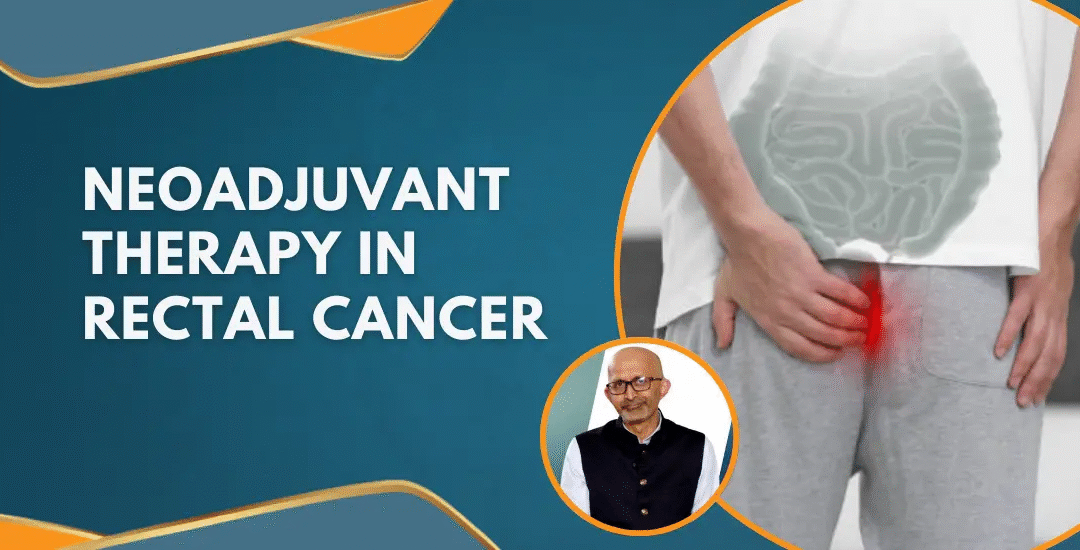
Neoadjuvant Therapy in Rectal Cancer
Rectal cancer is among the leading causes of cancer-related illness across the world. Globally, colorectal cancer ranks third in terms of incidence and second in terms of cancer-related deaths. In India, rectal cancer is increasingly being diagnosed at more advanced stages due to low awareness and lack of regular screening—especially in rural and semi-urban populations.
That’s where neoadjuvant therapy plays a crucial role. This pre-surgical treatment approach improves surgical outcomes and, in some cases, may help avoid surgery altogether.
Dr. Sandeep Nayak, a seasoned Surgical Oncologist in India, explains:
“Neoadjuvant therapy allows us to gain the upper hand before surgery begins. By shrinking the tumor and targeting unseen cancer cells, we create better conditions for long-term success. It’s a forward-thinking strategy that is now considered standard in managing advanced rectal cancer.”
This guide explains what neoadjuvant therapy is, why it’s used, and how it’s transforming rectal cancer treatment in India and around the globe.
Why Is Neoadjuvant Therapy Used in Rectal Cancer?
Neoadjuvant therapy refers to treatments given before surgery. These can include:
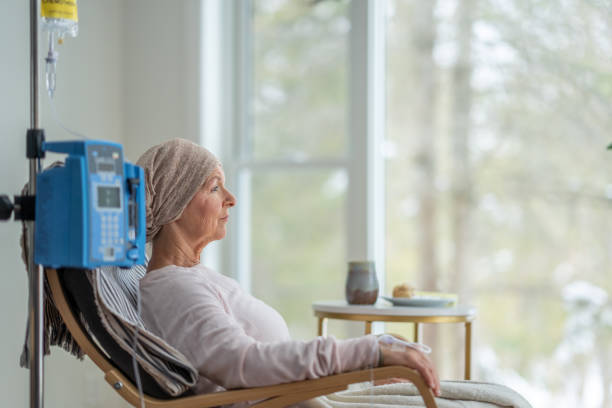
Chemotherapy: A combination of chemotherapy and radiotherapy (chemoradiation)
Immunotherapy: In certain trials or advanced cases
Regardless of the specific therapy, if it’s administered before surgery, it is termed neoadjuvant therapy.
But why treat cancer before surgery at all?
The answer lies in strategy. When cancer is first detected, especially in the rectum, it may already be large or close to vital structures. Jumping straight to surgery without first controlling the disease could result in less effective outcomes or unnecessary complications.
Neoadjuvant therapy helps doctors shrink the tumor, assess how it responds to treatment, and better plan the surgical procedure for safer, more precise removal.
Still wondering why it matters? Let’s dig deeper.
Benefits of Neoadjuvant Therapy in Rectal Cancer
Tumor Downstaging
The primary benefit is shrinking the tumor. By making the tumor smaller before surgery, it becomes easier to remove while preserving healthy tissue.
Improved Surgical Margins
Surgery is all about precision. Neoadjuvant therapy helps clear the tissue planes around the tumor. This means that when the surgeon operates, there’s a higher chance of completely removing the cancer with “clear margins”—areas free of cancer cells.
Lower Recurrence Rates
By targeting cancer cells early, neoadjuvant therapy reduces the risk of local recurrence. This improves the long-term success rate and overall survival.
Organ Preservation (In Select Cases)
One of the most exciting advances in recent years is the potential to avoid surgery altogether in select patients. Those who have an exceptional response to neoadjuvant therapy may be managed with a “wait-and-watch” approach, sparing them the side effects and complications of rectal surgery. While this isn’t suitable for everyone, it’s a life-changing option for those who qualify.
Dr. Sandeep Nayak, an eminent Surgical Oncologist in Bangalore, shares:
“Organ preservation is a major leap forward in rectal cancer care. In select cases, avoiding surgery is not only safe but also significantly improves quality of life. But careful selection and follow-up are key to making this work effectively.”
Now, let’s explore the types of neoadjuvant therapy commonly used.
Types of Neoadjuvant Therapy in Rectal Cancer
Neoadjuvant Chemoradiation
This is the most commonly used form. Chemotherapy drugs are given alongside radiation therapy to shrink the tumor and increase the effectiveness of both treatments.

Neoadjuvant Chemotherapy Alone
In certain cases, especially when radiation isn’t appropriate, chemotherapy alone may be used. This approach is being studied more frequently, particularly in cases with distant metastases.
Short-Course Radiotherapy (SCRT)
A quicker form of radiation therapy often completed in a week, SCRT is sometimes followed by delayed surgery and is particularly useful for patients who can’t tolerate longer radiation courses.
Total Neoadjuvant Therapy (TNT)
A newer and increasingly popular approach where all chemotherapy and radiation are completed before surgery. TNT improves tumor response and reduces the risk of systemic spread.

Immunotherapy (in selected cases)
Although not yet standard, ongoing trials are exploring the use of immune-based therapies in rectal cancers, particularly for patients with a specific genetic condition known as mismatch repair deficiency (dMMR).
Dr. Sandeep Nayak explains:
“Mismatch repair deficiency, or dMMR, is a genetic alteration where the body’s natural ability to repair DNA damage is impaired. In such cases, tumors are more likely to respond to immunotherapy because they produce more mutations, making them easier for the immune system to recognize and attack. Identifying this condition early opens doors to highly effective, targeted treatment options.”
Treatment Protocol: What to Expect
Here’s what you can typically expect if you’re prescribed neoadjuvant therapy:
Step 1: Diagnostic Work-up
This includes scans (MRI, CT, PET), colonoscopy, biopsy, and tumor marker tests to determine the exact stage and plan the treatment.
Step 2: Therapy Begins
Most patients receive therapy for 5–6 weeks. If chemoradiation is planned, it’s usually done five days a week over five weeks, with chemotherapy taken orally or intravenously.
Step 3: Waiting Period
After treatment ends, patients wait for about 6–8 weeks to allow the tumor to shrink further and recover from therapy side effects.
Step 4: Assessment
Another scan or evaluation is performed to assess tumor response. Based on the results, patients either proceed to surgery or, in rare cases, are considered for non-surgical monitoring.
Now let’s talk results.
Effectiveness and Clinical Outcomes
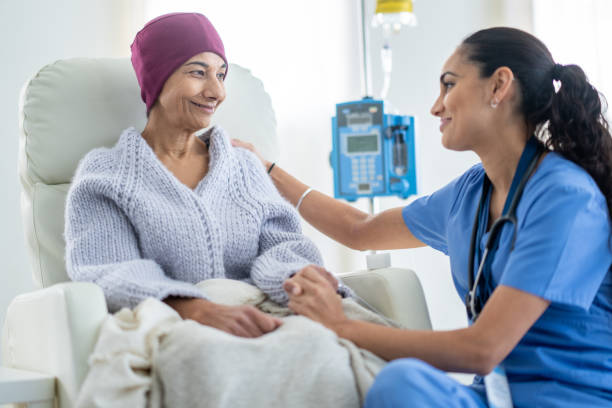
Neoadjuvant therapy has revolutionized rectal cancer care. Here’s how:
Increased tumor resectability: Tumors that were once considered inoperable can now be safely removed after therapy.
Better survival rates: Numerous studies, including data from Indian institutions, show improved 5-year survival rates in patients who receive neoadjuvant therapy.
Lower local recurrence: Especially when combined with precise surgical techniques, this therapy reduces the chance of the cancer returning to the pelvis.
Organ preservation rates: In some studies, up to 20% of carefully selected patients avoided surgery altogether.
Indian oncology centers, especially those in urban hubs like Bangalore, are increasingly offering advanced neoadjuvant protocols with outcomes comparable to global standards.
Conclusion
Neoadjuvant therapy in rectal cancer is not just a pre-surgical formality—it’s a transformative approach that enhances surgery, lowers recurrence, and in some cases, replaces surgery altogether. With proper staging, planning, and execution, it leads to better outcomes and, importantly, more tailored, patient-friendly treatment plans.
If you or a loved one is navigating a rectal cancer diagnosis, discussing the possibility of neoadjuvant therapy with an expert may open up better, more effective treatment pathways.
FAQs
Is neoadjuvant therapy necessary for all rectal cancer patients?
No, not every patient requires it. It is typically recommended for those with stage II or III tumors, where it can improve outcomes significantly.
How long does neoadjuvant therapy take before surgery?
The therapy itself may last 5–6 weeks, followed by a 6–8 week waiting period before surgery to allow optimal tumor response and recovery.
How successful is neoadjuvant therapy in shrinking tumors?
Many patients experience significant tumor shrinkage, making surgery easier and more precise. In some cases, the tumor disappears entirely on scans, though surgery is still often recommended.
What are the common side effects of this therapy?
Side effects can include fatigue, diarrhea, skin irritation at the radiation site, and mild nausea. Most side effects are manageable with supportive care.
Does neoadjuvant therapy improve survival rates?
Yes. Multiple studies have shown improved local control, reduced recurrence, and better overall survival when neoadjuvant therapy is used appropriately.
References:
https://my.clevelandclinic.org/health/treatments/neoadjuvant-therapy
https://www.sciencedirect.com/science/article/pii/S1040842823002846
Disclaimer: The information shared in this content is for educational purposes only and not for promotional use.

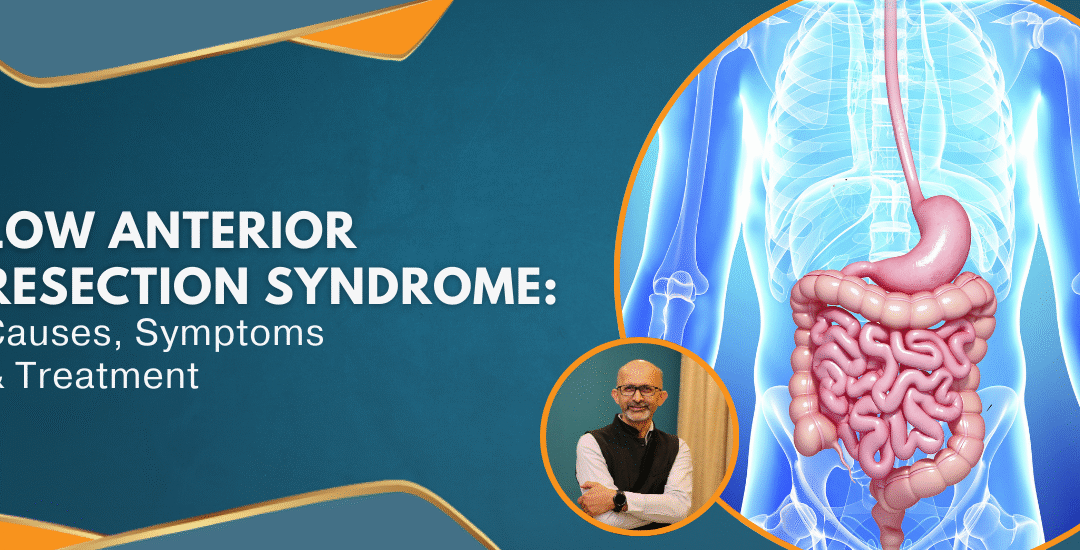






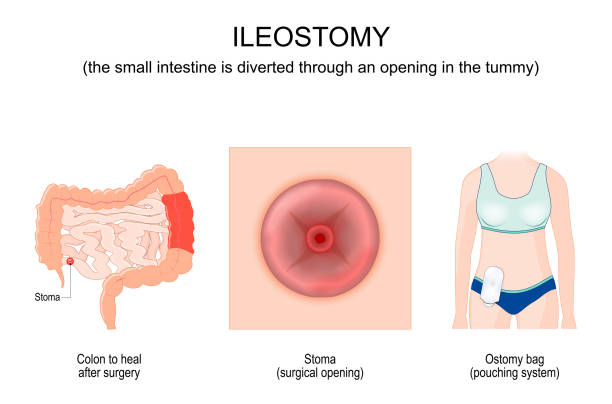


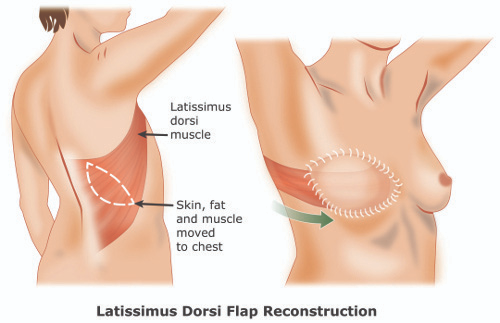

 Natural products have been used in medicine for centuries. From traditional herbal remedies to plant-based extracts, many believe that nature holds the key to curing diseases, including cancer. But how do these natural substances interact with cancer treatments?
Natural products have been used in medicine for centuries. From traditional herbal remedies to plant-based extracts, many believe that nature holds the key to curing diseases, including cancer. But how do these natural substances interact with cancer treatments? Myth 1: Natural products have no side effects
Myth 1: Natural products have no side effects One of the biggest risks with tree bark medicine for cancer is the lack of dosage control. Unlike pharmaceutical drugs, which are carefully measured, natural products vary in potency. Consuming too much can cause poisoning, while too little may have no effect.
One of the biggest risks with tree bark medicine for cancer is the lack of dosage control. Unlike pharmaceutical drugs, which are carefully measured, natural products vary in potency. Consuming too much can cause poisoning, while too little may have no effect. Cancer is a complex disease, and the search for a cure is ongoing. Understandably, patients seek hope in natural cancer treatment, especially when modern medicine feels overwhelming. However, unverified remedies should not replace scientifically proven treatments. The use of tree bark medicine for cancer or other plant-based therapies may seem appealing, but they carry risks that one cannot ignore.
Cancer is a complex disease, and the search for a cure is ongoing. Understandably, patients seek hope in natural cancer treatment, especially when modern medicine feels overwhelming. However, unverified remedies should not replace scientifically proven treatments. The use of tree bark medicine for cancer or other plant-based therapies may seem appealing, but they carry risks that one cannot ignore.
 Positron Emission Tomography (PET) scan, often combined with a Computed Tomography (CT) scan, is an advanced imaging technique that detects abnormal metabolic activity in the organs of the body. Commonly it involves injecting a small amount of radioactive glucose (FDG), which cancer cells absorb at a higher rate than normal cells, making them visible on the scan. There are other radioactive traces that are specific for some cancers like PSMA for prostate cancer and Dota for Neuroendocrine tumors.
Positron Emission Tomography (PET) scan, often combined with a Computed Tomography (CT) scan, is an advanced imaging technique that detects abnormal metabolic activity in the organs of the body. Commonly it involves injecting a small amount of radioactive glucose (FDG), which cancer cells absorb at a higher rate than normal cells, making them visible on the scan. There are other radioactive traces that are specific for some cancers like PSMA for prostate cancer and Dota for Neuroendocrine tumors.
 1. It’s a Painless and Non-Invasive Procedure
1. It’s a Painless and Non-Invasive Procedure 1. Early and Accurate Detection
1. Early and Accurate Detection